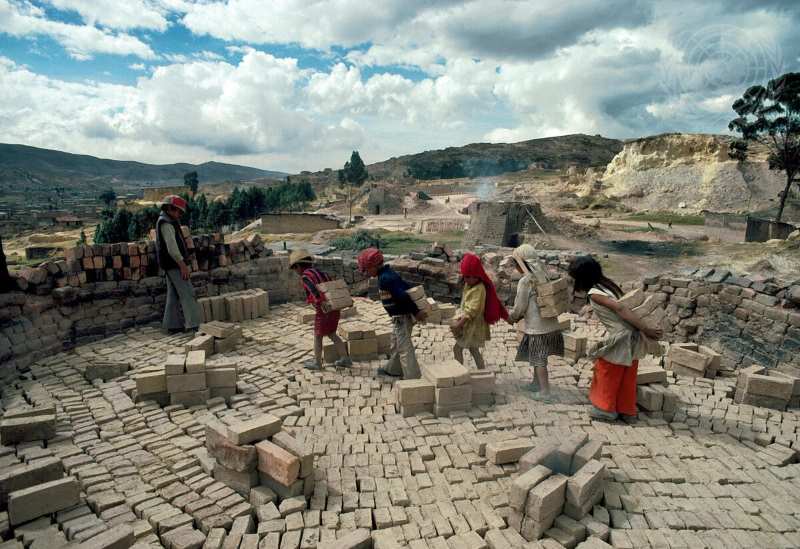Modern slavery continues to rise at an alarming rate, with the International Labour Organisation (ILO) estimating that 50 million people globally were trapped in forced labor or forced marriage in 2021. This figure marks an increase of 10 million over five years, indicating the persistent and evolving nature of exploitation in modern society.
Women and children are disproportionately affected, reflecting deep-rooted vulnerabilities and inequalities.
Though not legally defined, modern slavery is an umbrella term encompassing forced labor, debt bondage, human trafficking, and forced marriage. These practices share a common thread: individuals are unable to refuse or escape exploitation due to threats, coercion, deception, or abuse of power.
The issue spans every region, cutting across ethnic, cultural, and economic lines, with high-income and upper-middle-income countries accounting for over half of forced labor cases and a quarter of forced marriages.

The ILO’s legally binding protocol to strengthen global efforts against forced labor, which came into force in 2016, reflects the urgency of addressing this crisis.
Yet, as recent data reveals, the problem is far from resolved. The findings also highlight the financial dimension of forced labor, which generates an estimated $236 billion in annual profits globally. These illicit earnings represent wages stolen from workers, depriving them and their families of essential resources while also undermining governments through lost tax revenues.
ILO’s 2021 data shows that 27.6 million people were subjected to forced labor globally, an increase of 2.7 million since 2016. Asia and the Pacific account for the largest share of victims, with 15.1 million affected, followed by Europe and Central Asia with 4.1 million. In terms of prevalence, however, the Arab States lead, with 5.3 victims per 1,000 people. The private sector is responsible for 86% of forced labor cases, with industries such as agriculture, construction, domestic work, and garment production being particularly affected.
On the International Day for the Abolition of Slavery, observed annually on December 2, global attention is drawn to contemporary forms of exploitation. This day commemorates the 1949 adoption of the UN Convention for the Suppression of the Traffic in Persons and the Exploitation of Prostitution. The focus is on eradicating practices such as trafficking, child labor, forced marriage, and the recruitment of children for armed conflict.
Trafficking remains a central concern, defined under international law as the recruitment, transport, or harboring of individuals for exploitation through force, coercion, or deception.
The crime persists even without explicit consent from victims and is especially heinous when children are involved. Forced labor, another significant component of modern slavery, includes traditional practices like bonded labor alongside newer forms of exploitation.
Migrant workers are particularly vulnerable, often trafficked into industries such as construction, agriculture, and domestic servitude.
Child labor also remains a global challenge, affecting one in ten children worldwide. Much of this labor contravenes the Convention on the Rights of the Child, which seeks to protect young people from hazardous work and ensure their right to education and healthy development.
The persistence of modern slavery reflects entrenched discrimination against marginalized groups, including low-caste communities, tribal minorities, and indigenous populations. Addressing these issues requires comprehensive strategies that combine enforcement of existing laws with broader societal efforts to tackle inequality, discrimination, and economic vulnerability.
As the ILO’s Profits and Poverty report illustrates, the stakes are immense. Beyond the human cost, modern slavery fuels organized crime, erodes public trust, and undermines the rule of law. The fight against these abuses is not only a moral imperative but a foundational step toward global justice and equality.
Source: UN
Featured image: Most nations have laws that prohibit child labor. Yet throughout the world, children in large numbers can be seen toiling in sweatshops, hauling concrete, tilling fields, plucking garbage or peddling shoes. The International Labor Office reports that the majority of the working children in the world are employed in agriculture. A rural farming boy in Bolivia tends his flock. Credit: UN Photo/Jean Pierre Laffont/UN7757254




